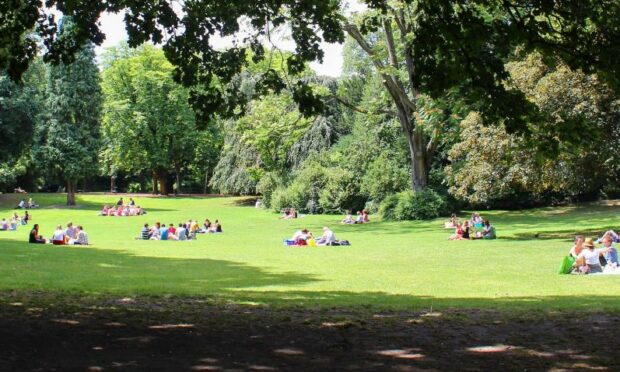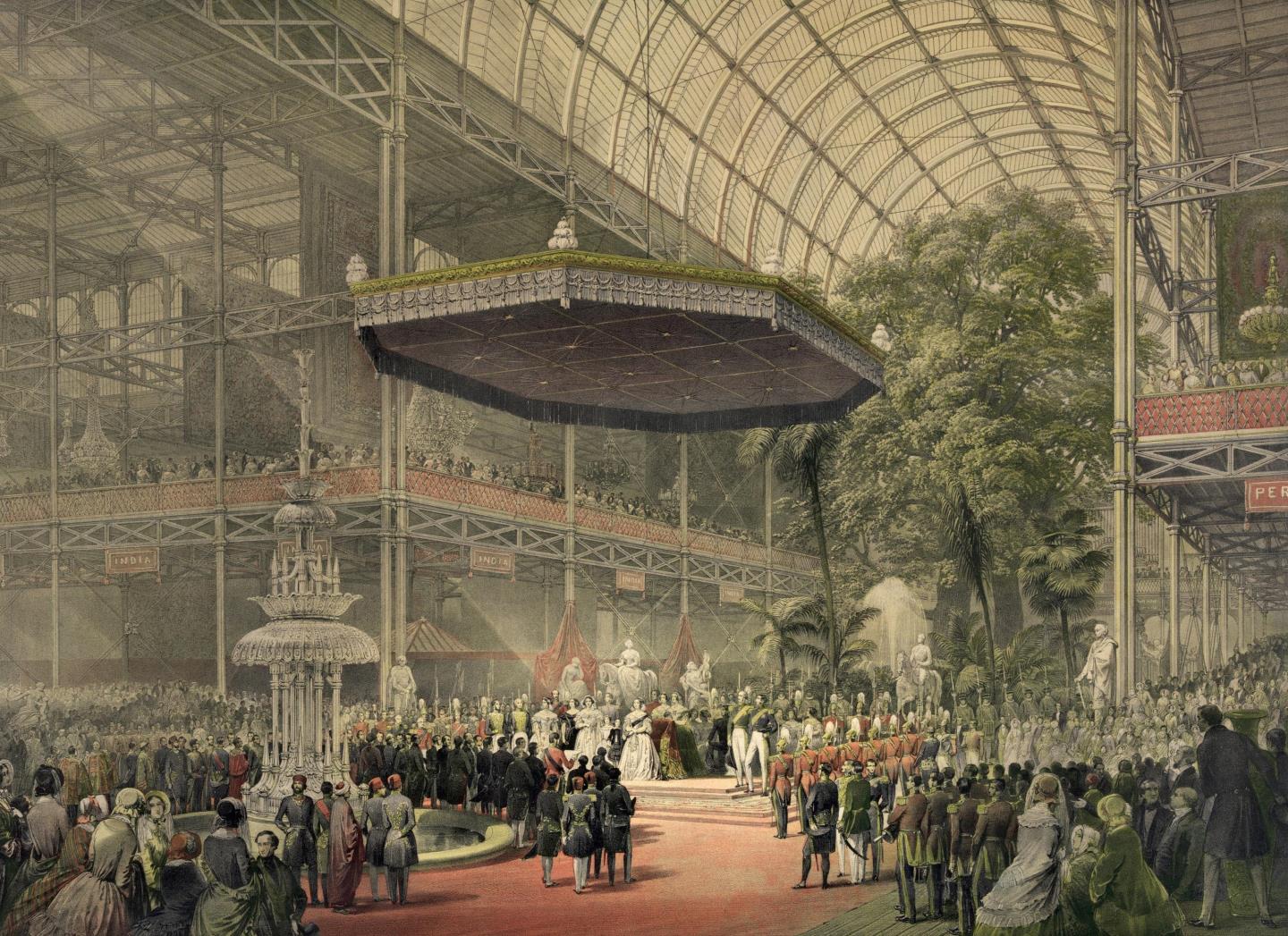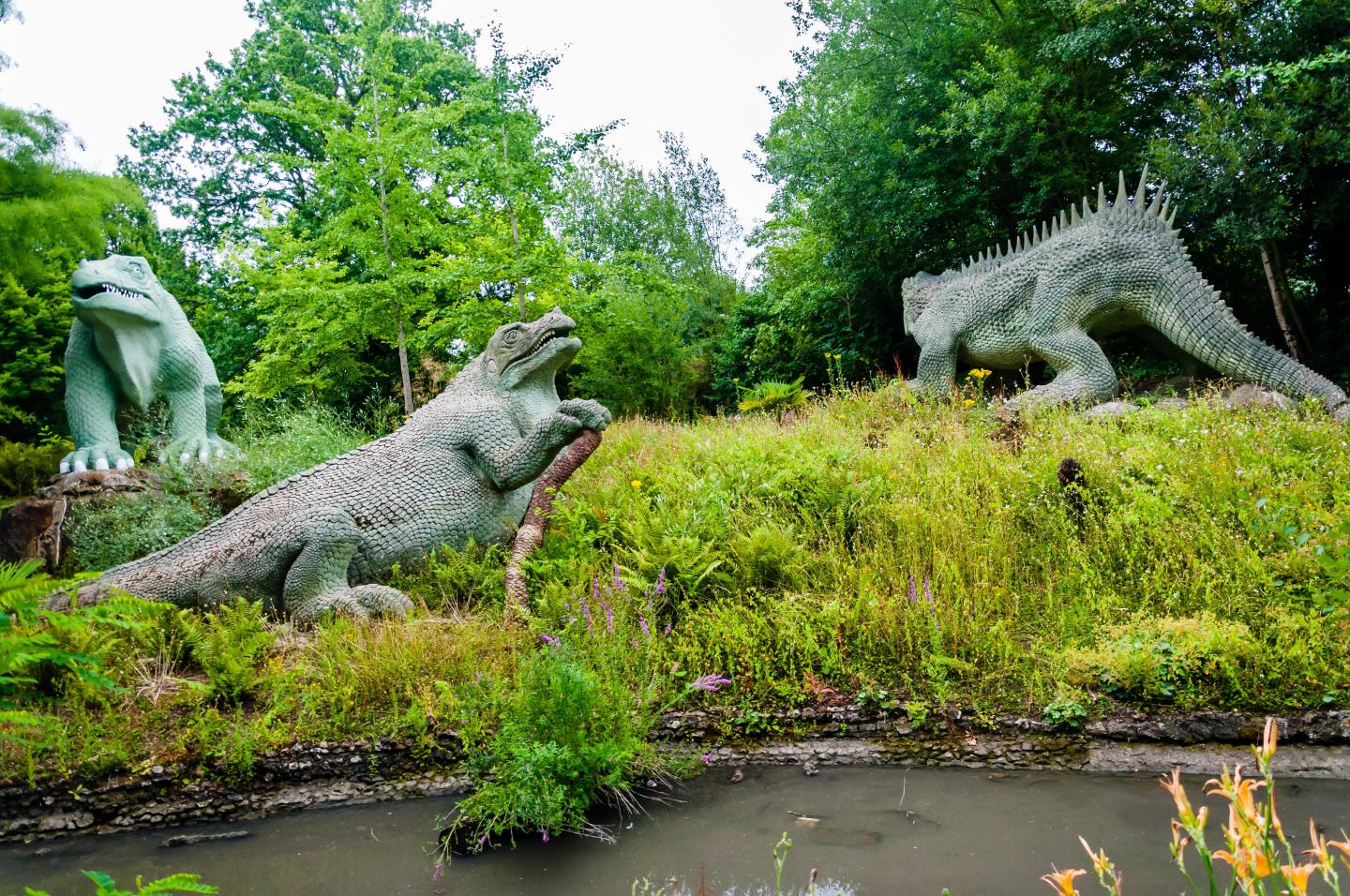Everyday meetings have become a little more Le Carré due to the pandemic.
Previously journalists like me would enjoy lunches, beers, coffees with contacts to catch up, share stories and gossip and generally have a good time and pretend it was work.
Now, with necessity for outdoor living and an obsession with ventilation, an appointment I had last week was typical. We met in a park, social distanced, sipped our coffees from either end of a bench. It felt a bit more Spy Who Came In From the Cold than State of Play.
But it also demonstrated a too oft overlooked element of the pandemic experience – the politics of parks.
Although we’ve all be isolated and siloed this past year many, if not most, of the population have actually been sharing the same space: the local park. Green spaces previously taken for granted have suddenly become a lifeline – a boon for mental and physical health.
And as we emerge from restrictions it’s important that we continue to value our public spaces that belong to everyone.
Gardens for the gardenless
The changing attitudes towards our parks speaks to bigger alterations in public attitudes.
The Victorians got it. Waterlow Park in north London that I visited last week was gifted to Londoners by the then lord mayor. He dubbed it “a garden for the gardenless”. Lord Mayor Waterlow could not have foreseen just how vital his gift would prove 130 years later when a virus hit that toppled everything bar outdoor life.
Not all London mayors are so wise.
Boris Johnson’s grandiose infrastructure is well known. His failure to bring most of it to fruition too often overlooked
Near my home in south London is another park that illustrates that Victorian can-do attitude and foresight.
When the judges gathered to choose a design for the pavilion that would house the 1851 Great Exhibition they decided they were all a bit rubbish.
During the deliberations one of the panel, garden design guru Joseph Paxton, was bored enough to sketch a massive glasshouse. Everyone decided this was a winner and so the Crystal Palace was born. It’s a tale that begs the question how much better the Millennium Dome would’ve been if we’d given Charlie Dimmock a shot at designing it.
Comparison with the doomed Dome is worth sticking with. The Dome was mocked, exhibited tat (to be fair, in part because nicking global treasures was out of favour by the 1990s – not everything the Victorians did was entirely worthy) and now stands stuffed with capitalism.
The Crystal Palace, on the other hand, was lauded as a modern wonder of the world and after the Great Exhibition it was dismantled and moved from its Hyde Park home to a park in south London for the benefit of ordinary folk.
Boris Johnson has no qualms about giving away land
The park is still in use, and loved for its unique cement dinosaurs, but the Crystal Palace itself tragically burned down in the 1930s. Ever since then a variety of chancers, dreamers and do-gooders have hoped to rebuild it. The most recent episode involved a Chinese developer who promised the palace would “rise again”. But crucial to the plans was a conference centre and assorted money-making enterprises.
Opponents pointed out that to succeed the proposal relied on the Mayor of London giving away land that belongs to everyone so a Chinese enterprise can spin a profit.
The Mayor of London who expressed no qualms about such a scenario? Boris Johnson. It’s a telling episode in the Prime Minister’s backstory.
His love of grandiose infrastructure is well known. His failure to bring most of it to fruition too often overlooked.
As well as the the Crystal Palace plan, which collapsed when the local council refused to hand over the land, there was the London garden bridge which was canned only after upwards of £40 million had been spent on getting it off the ground, and the bizarre idea of a floating airport in the Thames.
Let’s keep seeing the value behind parks – but not the cash value
History suggests that when Johnson talks of a bridge between Scotland and Northern Ireland or even just a decent train line across the north of England, he won’t be able to make it happen.
Many of us took parks for granted before the pandemic. If we are to keep them, then it’s up to us to value them
And as we move forward looking to retain what gains there have been in the last year – such as valuing our public spaces and more generally putting wellbeing, shared experience and public assets at the core of government philosophy – it’s instructive that the man running the show did not quail at privatising public space for the sake of a half-cocked vanity project when given the chance.
Many of us took parks for granted before the pandemic. If we are to keep them, then it’s up to us to value them. Not, as government and developers might see them, as opportunities to generate cash, but for the vital good they provided during the pandemic and can continue to do into the future.
James Millar is a political commentator and author and a former Westminster correspondent for The Sunday Post



